These lesson plans aim to help secondary school students (11 to 18-year-olds) examine critically information they receive online through websites, social media, pictures and data and to develop skills and methods to help determine what is real.
You may like to consider the following when delivering these lessons:
- The ┤¾¤¾┤½├¢ defines 'fake news' as: false information distributed deliberately, usually for political or commercial purposes
- There can be many things online that donÔÇÖt satisfy this definition. They may be jokes, mistakes, rumour, satire, spin, fun or mischief
- ItÔÇÖs for this reason the ┤¾¤¾┤½├¢ aims to help students determine what is real news rather than anything else
The use of the acronym REAL is helpful in checking any stories:
- Real - does it all seem real? Does some of it seem fake?
- Evidence - what do you have to prove it, what are your sources?
- Ask around and add up everything youÔÇÖve found out
- Look around to see if anyone else is covering the story
Students can also use open questions the 5Ws and How to help see if itÔÇÖs true:
- who a
- why a
- what a
- when a
- where a
- how a
Teachers are encouraged to discuss each stage of the lessons after the students have tried the exercises to see if they can apply the REAL test.
This checklist may help by allowing you to:
- check the source (URL, spelling, date, time, author etc) and does any other reputable outlet have the story
- check the image
- check your biases
Then before you believe it or share it:
- check your own instincts ÔÇô does it seem likely to be true, is it accurate and helpful, is it fair to share?
Knowing who to trust. video
In this video you'll hear from Amol Rajan, the ┤¾¤¾┤½├¢ÔÇÖs media editor, journalist Mukul Devichand and Rachel Schraer from ┤¾¤¾┤½├¢ Reality Check.
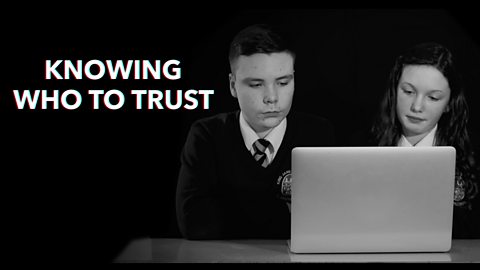
Recognising fake news. video
In this video you'll hear from Amol Rajan, the ┤¾¤¾┤½├¢ÔÇÖs media editor, and journalists Natalie Miller, Mukul Devichand and Rachel Schraer from ┤¾¤¾┤½├¢ Reality Check.

Checking the story. video
In this video you will hear from ┤¾¤¾┤½├¢ journalists Natalie Miller, Alex Murray and Rachel Schraer from ┤¾¤¾┤½├¢ Reality Check.
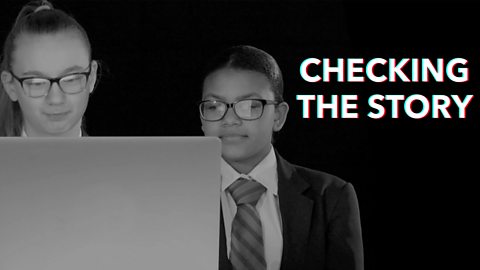
How to be impartial and seperate fact from opinions
Take a look inside the newsroom and see what it takes to be a trusted journalist and a reliable news source

Numbers and the tricks they play. video
When youÔÇÖre looking at news stories remember that itÔÇÖs not just the words you need to take notice of but the numbers too.
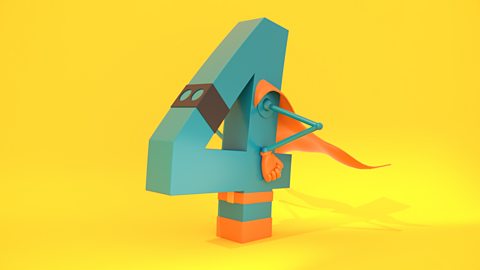
┤¾¤¾┤½├¢ Bitesize - What is fake news?
Conspiracy theories, misinformation and speculation about coronavirus have flooded social media. But who starts these rumours? And who spreads them? ┤¾¤¾┤½├¢ Bitesize investigates what is fact or fake.

Lesson 1: Real versus fake news. video
This lesson will give you a broad understanding of the term ÔÇÿfake newsÔÇÖ and the skills and techniques to distinguish between whatÔÇÖs false or fake and whatÔÇÖs real.

Lesson 2: Sources and who to trust. video
This lesson plan will give you an understanding of the importance and use of sources and ways to identify which ones are reliable and trustworthy and why itÔÇÖs recommended to use more than one.
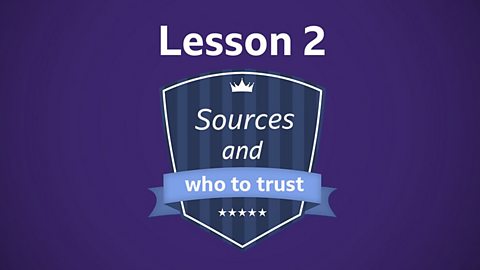
Lesson 3: Social media, images and data. video
This lesson will demonstrate how to spot whether a social media feed is genuine or fake, to consider the manipulation of images and think carefully about how the addition of numbers to a story may not be a clear as it first seems.
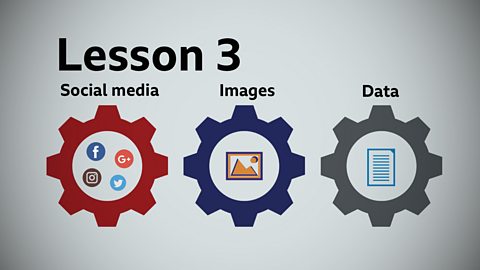
Further information:
The (COPPA) says the minimum age for using social media sites like Facebook, Twitter, Snapchat and Instagram is 13. Under 13s on Snapchat get redirected to Snapkidz.
Sharing information online that may cause reputational damage or be untrue could mean the person is in breach of libel laws and could face prosecution.